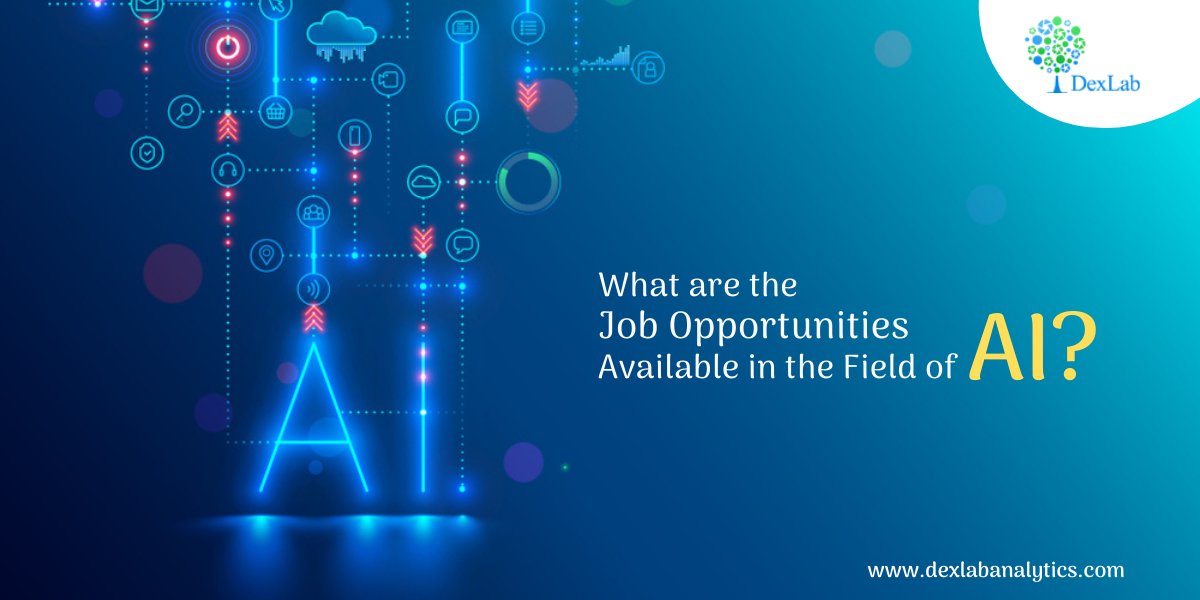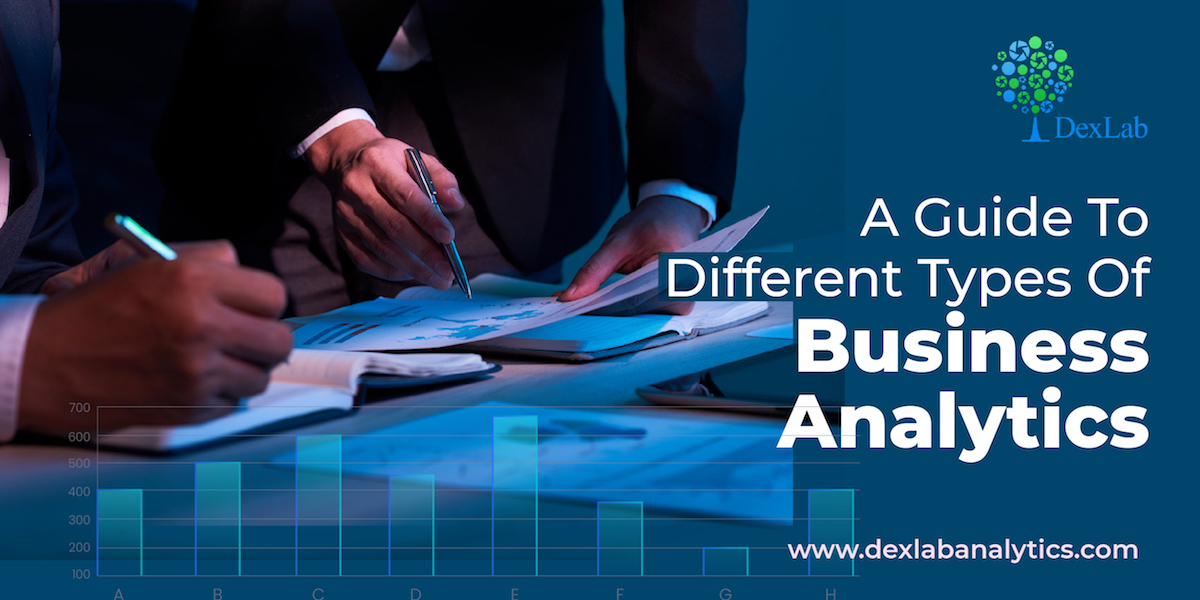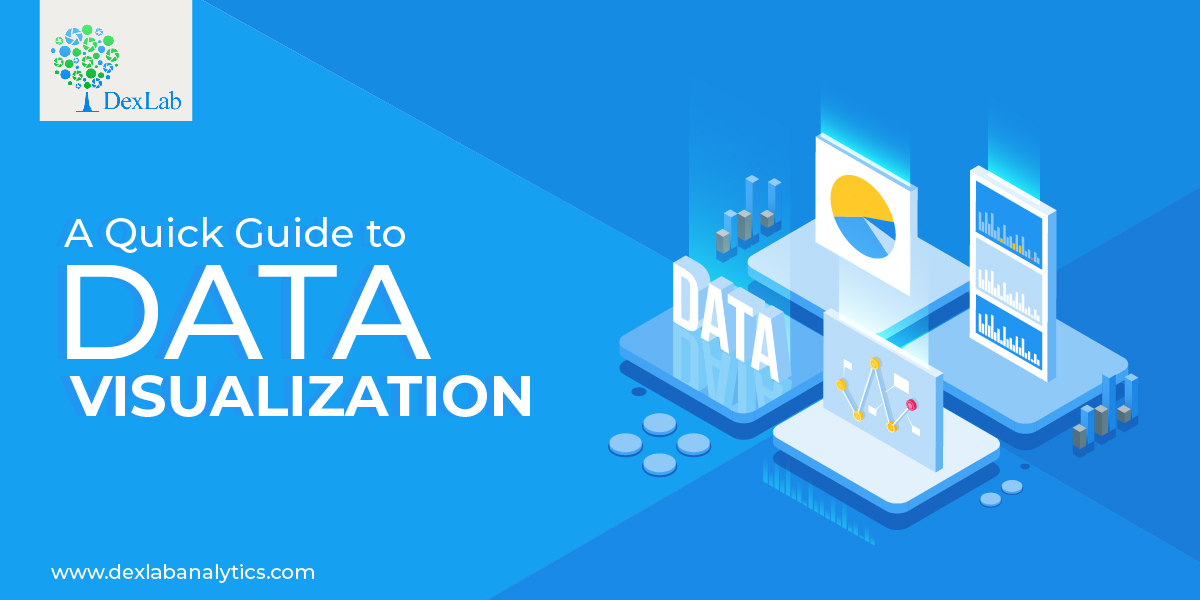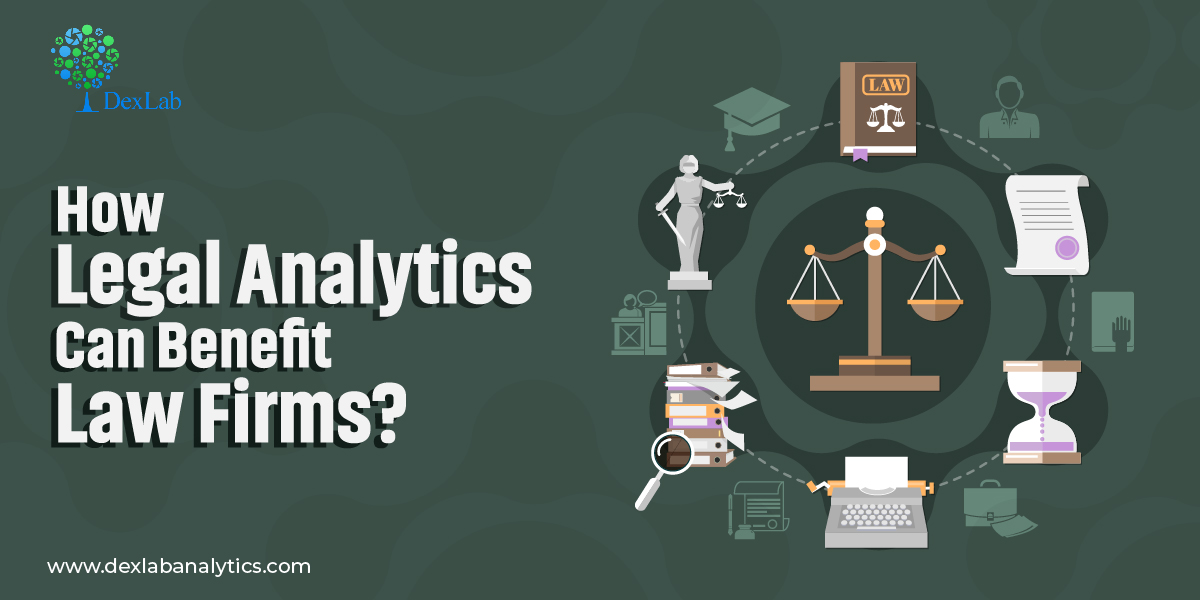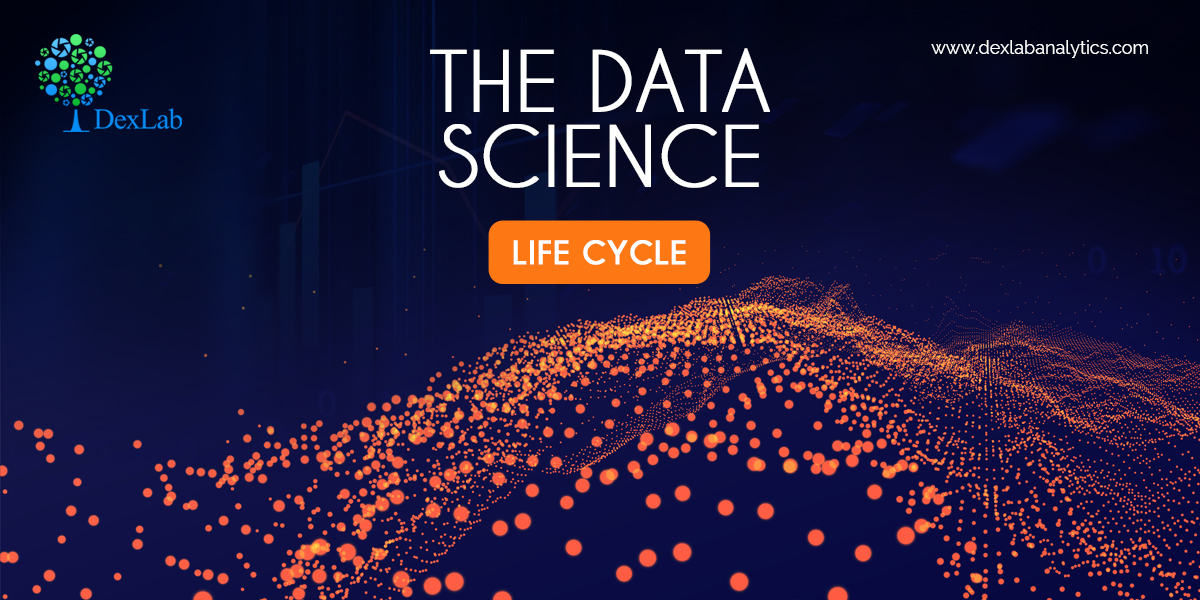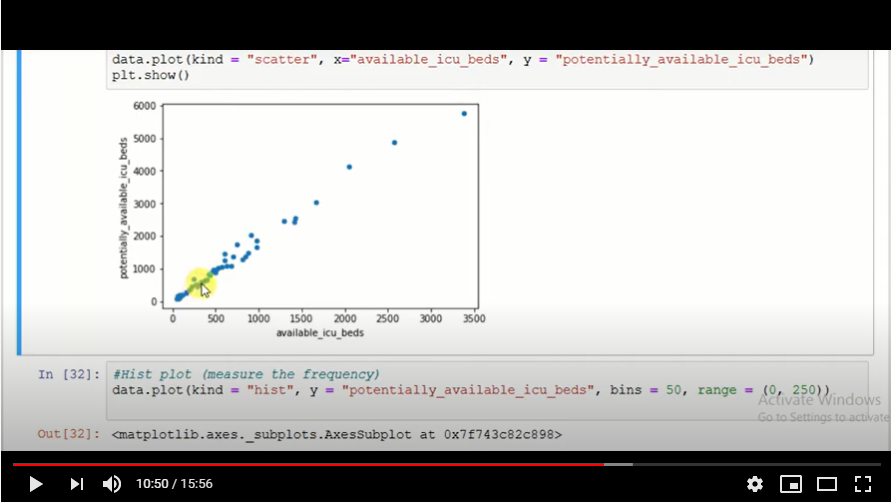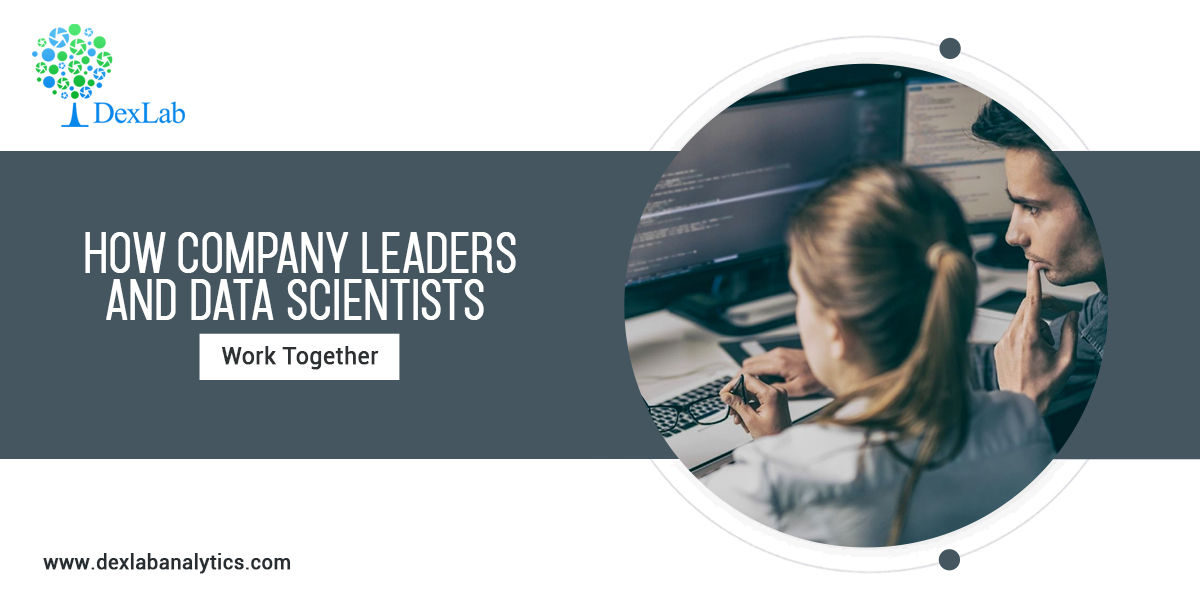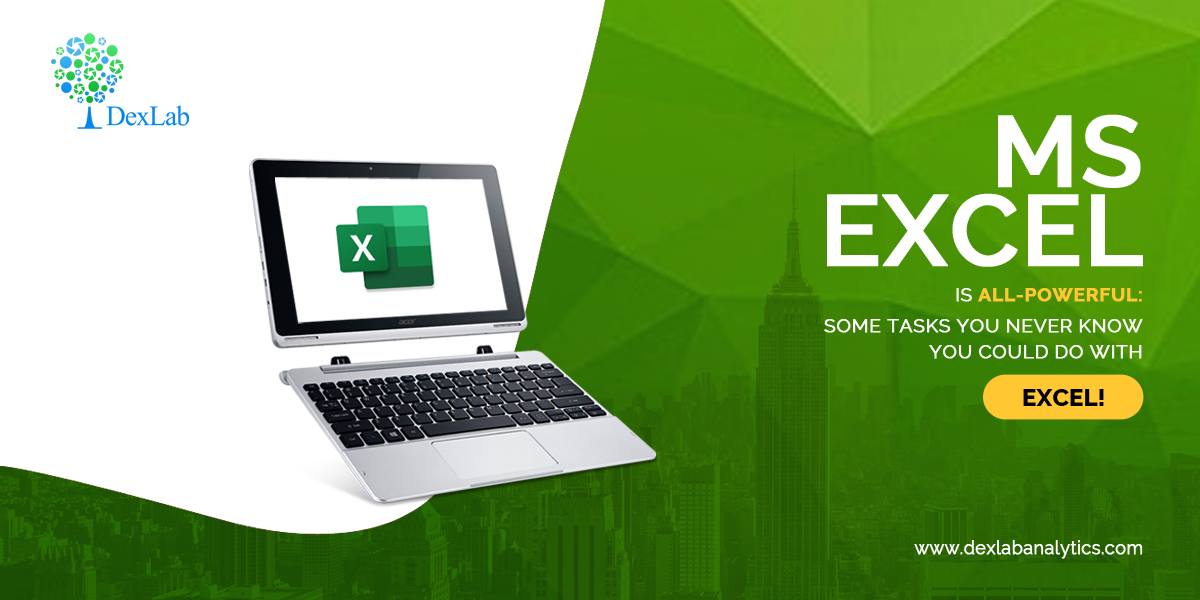Artificial Intelligence or, AI is an advanced technology that is busy taking the world in its strides. With virtual assistants, face recognition, NLP, object detection, data crunching becoming familiar terms it is no wonder that this dynamic technology is being integrated into the very fabric of our society. Almost every sector is now adopting AI technology, be it running business operations or, ensuring error-free diagnosis in the healthcare domain, the exponential growth of this technology is pushing the demand for skilled AI professionals who can monitor and manage the AI operations of an organization.
Since AI is an expansive term and branches off in multiple directions, the job opportunities available in this field are also diverse. According to recent studies, AI jobs are going to be the most in-demand jobs in the near future. Multiple job roles are available that come with specific job responsibilities. So, let’s have a look at some of these.
Machine Learning Engineer
An machine learning engineer is supposed to be one of the most in-demand jobs available in this field, the basic job of an ML engineer center round working on self-running software, and they need to work with a huge pile of data. In an organization, the machine learning engineers need to collaborate with data scientists and ensure that real-time data is being put to use for churning out accurate results. They need to work with data science models and develop algorithms that can process the data and offer insight. Mostly their job responsibility revolves around working with current machine learning frameworks and working on it to make it better. Re-training machine learning models is another significant responsibility they need to shoulder.
If recent statistics are to be believed the salary of a machine learning hovers around ₹681,881 in India.
Artificial Intelligence Engineer
AI engineers are indeed a specialized breed of professionals who are in charge of AI infrastructure and work on AI models. They work on designing models and then test and finally, they need to deploy these models. Automating functionalities is also important and most importantly they must understand the key problems that need AI solutions. AI engineers need to write programs, so they need to be familiar with several programming languages, having a background in Machine Learning Using Python could be a big help. Another important responsibility is creating smart AI algorithms for developing an AI system, as per the specific requirement that needs to be solved using that system.
In India, an AI engineer could expect the salary to be around ₹7,86,105 per year, as per Glassdoor figures.
Data Scientist
A data scientist is going to be in charge of the data science team and need to work on the huge volumes of data to analyze and extract information, build and combine models and employ machine learning, data mining, techniques along with utilizing numerous tools including visualization tools to help an organization reach its business goals. The data scientists need to work with raw data and he needs to be in charge of automating the collection procedure and most importantly they need to process and prepare data for further analysis, and present the insight to the stakeholders.
A data scientist could earn around ₹ 7,41,962 per year in India as per the numbers found on Indeed.

AI Architect
An AI architect needs to work with the AI architecture and assess the current status in order to ensure that the solutions are fulfilling the current requirements and would be ready to scale up to adapt to the changing set of requirements that would arise in the future. They must be familiar with the current AI framework that they need to employ to develop an AI infrastructure that is sustainable. Along with working with a large amount of data, an AI architect must be employing machine learning algorithms and posses a thorough knowledge of the product development, and suggest suitable applications and solutions.
In India an AI architect could expect to make around ₹3,567K per year as per Glassdoor statistics is concerned.
There are so many job opportunities available in the AI domain, and here only a few job roles have been described. There are plenty more diverse job opportunities await you out there, grab those, just get artificial intelligence certification in delhi ncr and be future-ready.
.
